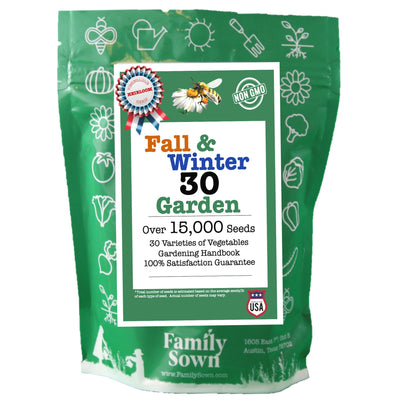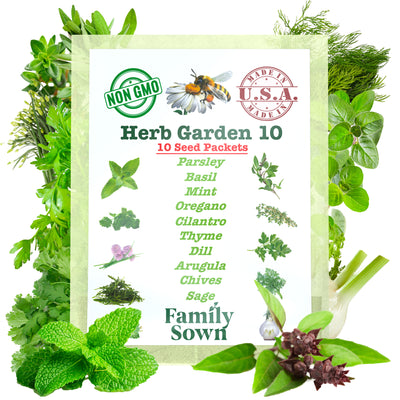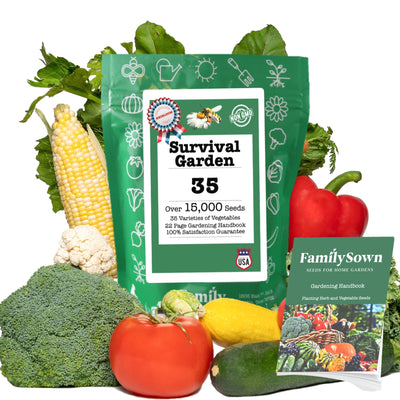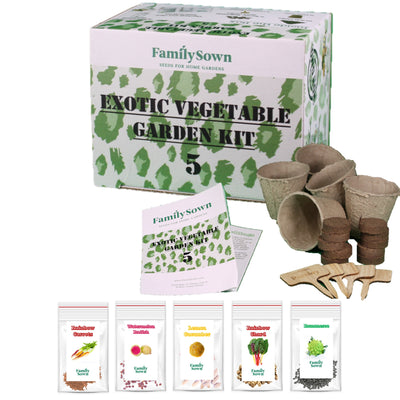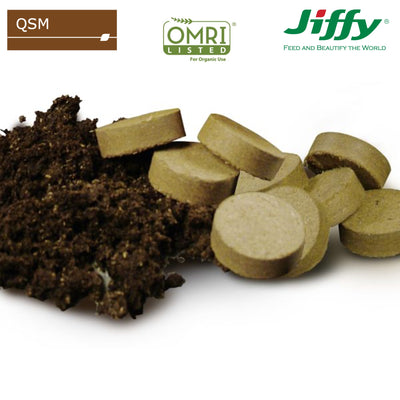Transplanting Seedlings
Transplanting Seedlings:
One of the most valuable lessons that gardeners of all skill levels can understand is how to transplant seedlings. Inside we go over transplanting from top to bottom and make some differentiation for spring and fall transplanting.
What Seeds Should Be Started Indoors
I prefer to start almost all seeds indoors to cut down on the pest issues with seedlings. Though practically, not all seeds are a good fit for transplanting. Here are a few observations that can help you determine which seeds to start indoors.
Climate — if you have a short growing season, many of the plants will need indoor starting. Warm-loving plants such as squash, peppers, eggplant, tomatoes, etc., will need an early start indoors.
Cool-loving crops such as kale, cabbage, broccoli can be planted indoors or sown directly. The trick with cold-weather plants is soil temperature. Most will not germinate unless the soil is above 40°F.
Seed Packet Instructions — If the seed packet instructions tell you to plant after the last average frost date, these seeds are an excellent candidate to start indoors.
Root vegetables are generally sown where they will grow. Peas, beets, carrots, and the like all have long tap roots that do not like to be disturbed. If you have problems growing roots or low germination, you can plant them in peat pots and then plant the pot. You can also try structures such as cold frames or cloche to protect the seedling until they are hardy enough to thrive on their own.
When to transplant seedlings
Transplant after the last threat of frost is gone. The size of the seedlings will vary by plant type. Generally, you want seedlings to have 2-4 sets of leaves, not counting the very bottom set, which is their sprouting leaves. In terms of size, aim for 3" tall. 4" is a good height if you have a longer growing season.
Weather-wise, you should transplant seedlings on a warm day. You can use row covers to help protect the seedlings from direct sun and cool nights.
Hardening Off Plants
"Hardening off" transplants before planting them is critical. Hardening off exposes the seedlings to their outdoor environment. You can move the flats of seedlings to a covered area if the nighttime temperature is above freezing. It is good if they get some shelter from the sun and also from the cool outdoor weather. The process can take about a week.
How to Prep the Garden for Transplanting
The first step is to prepare the soil. Make sure the ground is worked, and the soil is soft and fluffy. If you are doing a no-till garden, you can prepare the spot for each seedling by digging a small hole and adding fertilizer or compost to amend the soil.
The hole should be twice as wide as the width of the pot or container in which they are growing. If grown in a flat, make the hole about 3x3" wide. Dig the soil down at least six inches. If adding fertilizer to the hole, be sure to water it in for a good week before transplanting. One trick to helping seedlings to thrive is to water the spot where they will go 1-2 weeks ahead of time. The added water will bring the soil to life, and healthy soil means healthy seedlings.
How to Prep the Plant for Transplanting
- Gently tip the plant out of the pot; if using a tray, lift out a segment of soil with many seedlings in it.
- Look at the roots to make sure they are not bunched. If they are, tease them gently to loosen them up a bit.
- Make sure you have prepared the holes for the seedlings and then once the roots are ready, place the plant in the hole.
- Firm the soil around the stem just above the root line.
- Water gently for the next few days, making sure the soil stays moist but not soggy. Use a fine holed water can and try to water the ground rather than the seedling.
When to Plant the Pot Too
Plant the pot anytime the seedling has a fragile root system or if the plant has a delicate stem, such as a bean seedling.
Most seedlings that are 3-4 inches tall will not need a pot; they can go directly into the ground. However, smaller seedlings may need the pot. You could transplant them pot and all into the ground to acclimate the seedlings and then remove them from the pot and transplant when they stabilize.




